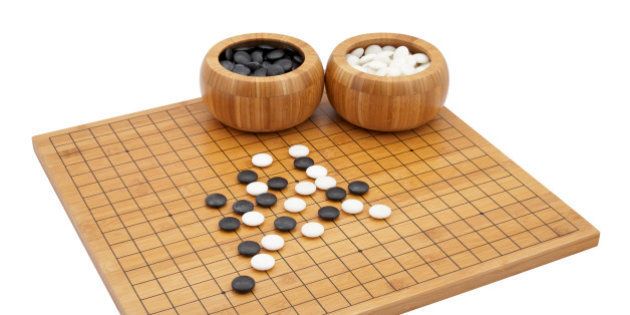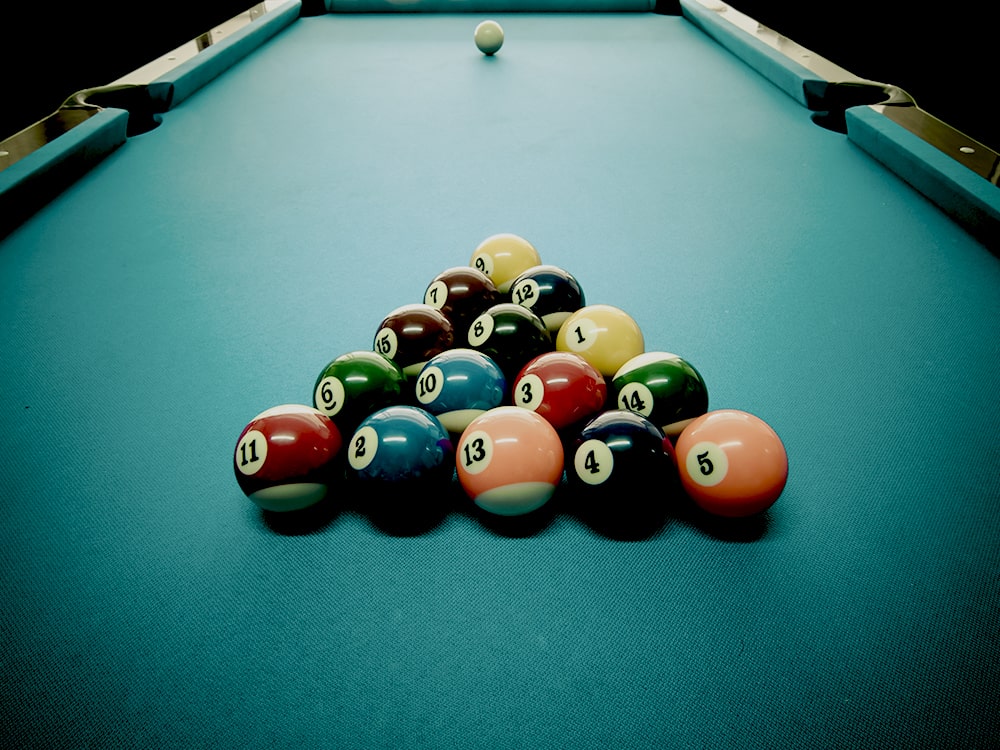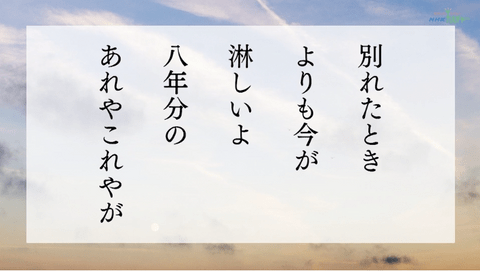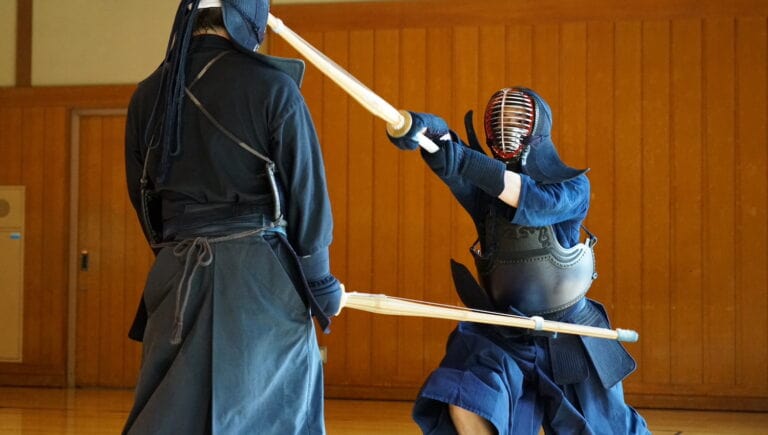
In Kendo, “Zanshin” generally refers to maintaining one’s vigilance and maintaining the correct spirit and posture even after a strike.
This concept goes beyond a mere technical element and is valued as the spiritual core of Kendo.
However, for many Kendo enthusiasts, the true meaning of zanshin, its importance, and how to incorporate it into their practice is often a difficult subject to understand.
In this article, we will explain in detail what role zanshin plays in kendo, delving into the correct way to form zanshin and its psychological and physical aspects.
We will also explore how Zanshin can be used in daily life.
The next heading will delve deeper into the importance of zanshin in kendo.
目次
- 1 Introduction: The importance of zanshin in kendo
- 2 History of Zanshin and its development
- 3 Technical aspects of Zanshin
- 4 A psychological approach to cultivating zanshin
- 5 Application of Zanshin in practice
- 6 Zanshin Misconceptions and Common Questions
- 7 Expert advice: How to master Zanshin
- 8 Summary and next steps
Introduction: The importance of zanshin in kendo
In Kendo, the concept of “Zanshin” goes beyond the technical aspects and touches on the deep spirituality of Kendo.
This section provides a detailed explanation of the basic definition of zanshin and its role in kendo.
Basic definition of zanshin
In Kendo, “Zanshin” refers to maintaining one’s mental and physical state and remaining alert even after performing a technique.
Zanshin means to remain mentally and physically ready even after an attack has ended, requiring one to be ready for additional attacks or defenses at any time.
This concept is useful not only for Kendo matches and practice, but also in everyday life as a way to maintain mental concentration.
The role of zanshin in kendo
Zanshin is a very important element in Kendo matches and judging.
In Kendo judging, not only the accuracy and strength of the technique, but also the posture and state of mind before and after the technique are strictly evaluated.
Appropriately expressing zanshin is an indicator of a kendo practitioner’s mental maturity and self-control, and is also considered an act of respect towards opponents and referees.
Zanshin is also extremely important from the perspective of self-defense, and Kendo teaches you to always be aware of your surroundings and be prepared to respond to any situation.
This kind of training in Kendo goes beyond just building physical strength and also functions as mental training.
The following headings provide more details about the historical background of Zanshin and its development in Kendo.

History of Zanshin and its development
Zanshin is an important concept in Kendo, and its origin and development are closely related to the history of Japanese martial arts.
Historical background why zanshin was incorporated into kendo
The concept of zanshin existed in Japanese samurai culture even before kendo was formalized.
The habit of samurai to remain alert even after landing a blow during battle, and to always be on the lookout for their next move, had a great influence on later Kendo training.
This custom reflects a state of mind in which one maintains respect for others and one’s own vigilance, and was incorporated into the teachings of Kendo.
In the Meiji period, Kendo became systematized and became part of education.
During this process, zanshin became a particularly important element in kendo’s kata and confrontation, and it came to be treated not only as an indicator of technique but also as an indicator of a swordsman’s spiritual maturity. became.
The spirit of zanshin requires one to maintain a state of mental and physical readiness by acting cautiously and always being aware of one’s surroundings even after an attack.
In the 20th century, kendo became recognized as an international martial art, and the concept of zanshin became a part of not only technical training but also moral training for kendo practitioners around the world. is now also understood.
As a result, Kendo began to be emphasized as a spiritual training rather than a mere physical battle.
Thus, throughout the history of Kendo, zanshin has evolved from a mere tactical concept to a philosophical concept aimed at spiritual growth and self-control.
This has established Kendo as a martial art that goes beyond physical training and promotes all-round personal growth.
In the next section, we will delve into the technical aspects of Zanshin and how it is practiced in Kendo.

Technical aspects of Zanshin
Zanshin is a complex concept that requires not only technical elements in Kendo, but also a spiritual approach.
Here, we will delve into the exact form of zanshin and the necessary physical techniques to support it.
Accurate shape of zanshin
The correct form of zanshin refers to the swordsman remaining ready to receive additional attacks at any time after the attack is completed. This includes the following elements:
- Maintaining your posture : Even after an attack, it is important to maintain a relaxed posture by keeping your back straight and your shoulders relaxed. This allows you to move quickly and be flexible to any situation.
- Line of sight management : After a strike, the swordsman immediately assesses his opponent’s movements, so his line of sight should always be directed toward his opponent. This is essential in order to predict your opponent’s next move and react appropriately.
- Breathing control : In Kendo, controlling your breathing is extremely important. Breathing during an attack must be deep and calm, this will help maintain mental and physical stability.
Physical skills needed
The following physical skills are required to achieve Zanshin:
- Foot speed and stability : Foot speed and balance are important in order to quickly regain a stable position after an attack. Requires the ability to quickly adjust position and prepare for defense.
- Physical strength and stamina : In addition to the ability to perform techniques continuously, athletes also need the physical strength to withstand long matches and practices. This is cultivated through continuous training.
- Flexibility : Body flexibility is important for improving the accuracy and speed of your techniques. Greater flexibility allows for more effective movements while reducing the risk of injury.
Zanshin techniques represent a very high level of skill within Kendo.
By mastering these technical aspects, kendo practitioners can improve not only their technique but also their spiritual maturity.
The next section details the application of Zanshin in practice.

A psychological approach to cultivating zanshin
Zanshin in Kendo is an important concept that has not only a technical aspect but also a psychological depth.
This section explores psychological approaches to cultivating zanshin and its spiritual meaning.
The deep meaning of zanshin as a psychological aspect
Zanshin refers to maintaining mental vigilance even after the sequence of actions in Kendo is complete. This means not only preparing for the next technique, but also maintaining a high level of awareness of one’s internal and external environments. This psychological state not only contributes to the improvement of Kendo techniques, but also to mental maturity and self-control in daily life.
-
Improving self-awareness : The process of cultivating zanshin requires a deep understanding and awareness of one’s own emotions and thoughts. By maintaining a high level of concentration during games and practices, you will recognize your own limits and learn how to overcome them.
-
Constant vigilance : In Kendo, zanshin is a psychological state in which one is constantly alert to his surroundings and ready to protect himself, as any slackness after an attack can lead to an immediate counterattack. This develops the mentality to deal with unexpected situations.
-
Maintaining mental balance : Zanshin is the practice of maintaining mental calm and an unperturbed mind. You will acquire the ability to make calm and rational decisions without being influenced by your own emotions.
Kendo’s psychological approach to cultivating zanshin aims to strengthen swordsmen from within so that they can respond calmly and appropriately to the various challenges they face in their daily lives.
This type of training has a positive impact not only on an individual’s spiritual growth, but also on their interpersonal relationships and social life, showing that Kendo is not just an athletic competition, but a path to human development. Masu.
The next section provides more details on the application of Zanshin in practice.

Application of Zanshin in practice
Zanshin plays an important role in Kendo training and competitions.
In this section, we will explain specific examples of how zanshin is used in competitions and training.
Specific examples of how zanshin is used in competitions and training
-
Balance between defense and attack during a match : After attacking during a match, the Kendoist must immediately return to a defensive stance. By maintaining Zanshin, you can immediately move on to your next move and quickly respond to your opponent’s counterattacks. This state of readiness also puts pressure on your opponent and allows you to shift the flow of the match in your favor.
-
Maintaining Concentration in Kata Performance : When performing Kata, showing the correct Zanshin between each movement is important to maintain the continuity and flow of the performance. This makes kata performance more sophisticated, allowing it to express not only technical beauty but also spiritual depth.
-
Facilitating reflection and learning during practice : Maintaining a proper state of zanshin after each session of practice provides a quiet time to reflect on one’s actions and consider what can be improved. . This reflection contributes not only to technical improvement but also to spiritual growth.
-
Ensuring safety : Safety during practices and games is extremely important. By staying alert and constantly observing your surroundings even after an attack, you can prevent unexpected accidents and injuries. This kind of situational awareness is derived from the spirit of zanshin.
Appropriately applying Zanshin during practice greatly contributes not only to the acquisition of technique as a Kendo practitioner, but also to spiritual growth through competitions and training.
Through these concrete examples, kendo practitioners can remain calm in any situation and improve their technical proficiency.
In the next section, we’ll take a closer look at zanshin misconceptions and common questions.

Zanshin Misconceptions and Common Questions
Zanshin in Kendo is an often misunderstood concept.
Here we will correct some common misconceptions, correct them, and answer frequently asked questions.
Common misconceptions and their corrections
-
Myth: Zanshin is a useless action after an attack.
- Correction : Zanshin is not just a “later action,” but a manifestation of a state of mind that continues to remain alert and prepare for the next action after an attack. This is an important element to enhance the safety and spirituality of Kendo.
-
Myth: Zanshin is something only advanced engineers should learn
- Correction : Zanshin is a fundamental part of Kendo and is an important concept that beginners should start learning. By learning Zanshin from beginners, you will acquire the correct form and spirit of Kendo.
Frequently asked questions (FAQ)
-
Q: How can I practice Zanshin effectively?
- A : To practice Zanshin, it is important to consciously correct your posture after each technique and mentally prepare for the next movement. Also, it is effective to accept feedback from instructors and always strive for self-improvement.
-
Q: What are the consequences if I cannot perform Zanshin properly?
- A : If you don’t have enough zanshin, your technique may be evaluated as less complete in matches and judging. Additionally, it may be difficult to maintain mental concentration, which may affect performance in matches.
-
Q: Is Zanshin useful in situations other than Kendo?
- A : Yes, Zanshin helps improve mental concentration and self-control in daily life. It will demonstrate its value in many life situations because it will help you develop the ability to calmly assess situations and take appropriate actions.
A correct understanding of zanshin is essential for deepening not only your kendo techniques, but also your humanity as a kendo practitioner.
Aim for deeper understanding and improved practice by correcting these misconceptions and FAQs.

Expert advice: How to master Zanshin
Advice on mastering Kendo’s Zanshin can be especially valuable from experienced high-dan practitioners and teachers.
Here, they share practical tips and philosophical insights.
Advice from high-level Kendo players and teachers
-
Stay true to the basics : High-level players often emphasize that staying true to the basics is the most important thing in order to improve the precision of your technique. Zanshin is part of the basic form of Kendo, and the way to naturally instill zanshin into your body is to keep practicing the basics every day.
-
Continuous self-reflection : Kendo teachers emphasize the importance of self-reflection each time you practice techniques. It is important to think about how each movement can be improved and to actually try it out.
-
Focus on the state of mind : Zanshin is more than just a form, it represents a state of mind. It is recommended that you always pay attention to your state of mind and practice maintaining a calm and focused mind, not only during Kendo practice, but also in your daily life.
-
Utilizing practical scenarios : Experienced kendo practitioners encourage practicing zanshin through actual kendo matches and mock matches, as well as practice. Through actual matches, you can check your own posture and psychological state after an attack, and realize how you can improve it.
-
Take advantage of feedback from your shihan and seniors : Guidance and feedback from your shihan and seniors is extremely valuable in improving your zanshin techniques. It is important to accept their points and practice based on their specific advice.
By incorporating these tips into your real life, you will be on your way to a deeper understanding and mastery of Kendo’s Zanshin.
The key to mastering the spirit of zanshin in kendo is to always keep your mind and body in harmony and engage in daily practice.
In the next section, we’ll dig deeper into how you can apply these lessons to your daily life.

Summary and next steps
Learning zanshin in kendo is more than a technical achievement, it is a means of incorporating its deep spirituality into everyday life.
This section explores how to apply the spirit of zanshin to your daily life.
How to learn Zanshin and incorporate that spirituality into your life
-
Continuous self-reflection : When practicing Kendo, you pay attention not only to your technique, but also to your state of mind. By applying this habit to your daily life, you can objectively evaluate your own actions and reactions and constantly aim for improvement.
-
Improving daily awareness : Zanshin is the practice of maintaining alertness even after completing an action. Through this training, you will be able to improve your concentration at work and home life, and be able to respond calmly and efficiently to any situation.
-
Improved ability to cope with stress : The mental stability developed through zanshin gives you the strength to cope with daily stress and pressure. When faced with difficulties or unexpected events, your ability to remain calm and find the best solution will be strengthened.
-
Practicing a spirit of patience and respect in relationships : The spirit of zanshin fosters respect for others and a non-selfish attitude. This is the basis for building trust and respect in interpersonal relationships and helps build better relationships.
-
Improving your quality of life : By applying the teachings of zanshin learned in kendo to your daily life in general, you can improve your quality of life. Living a more planned and conscious life leads to better mental and physical health.
Learning zanshin is not only a process of mastering kendo techniques, but also an important element in living a richer and more meaningful life.
By actively incorporating this spirituality into your daily life, you will be able to make the most of the true value that Kendo brings.






